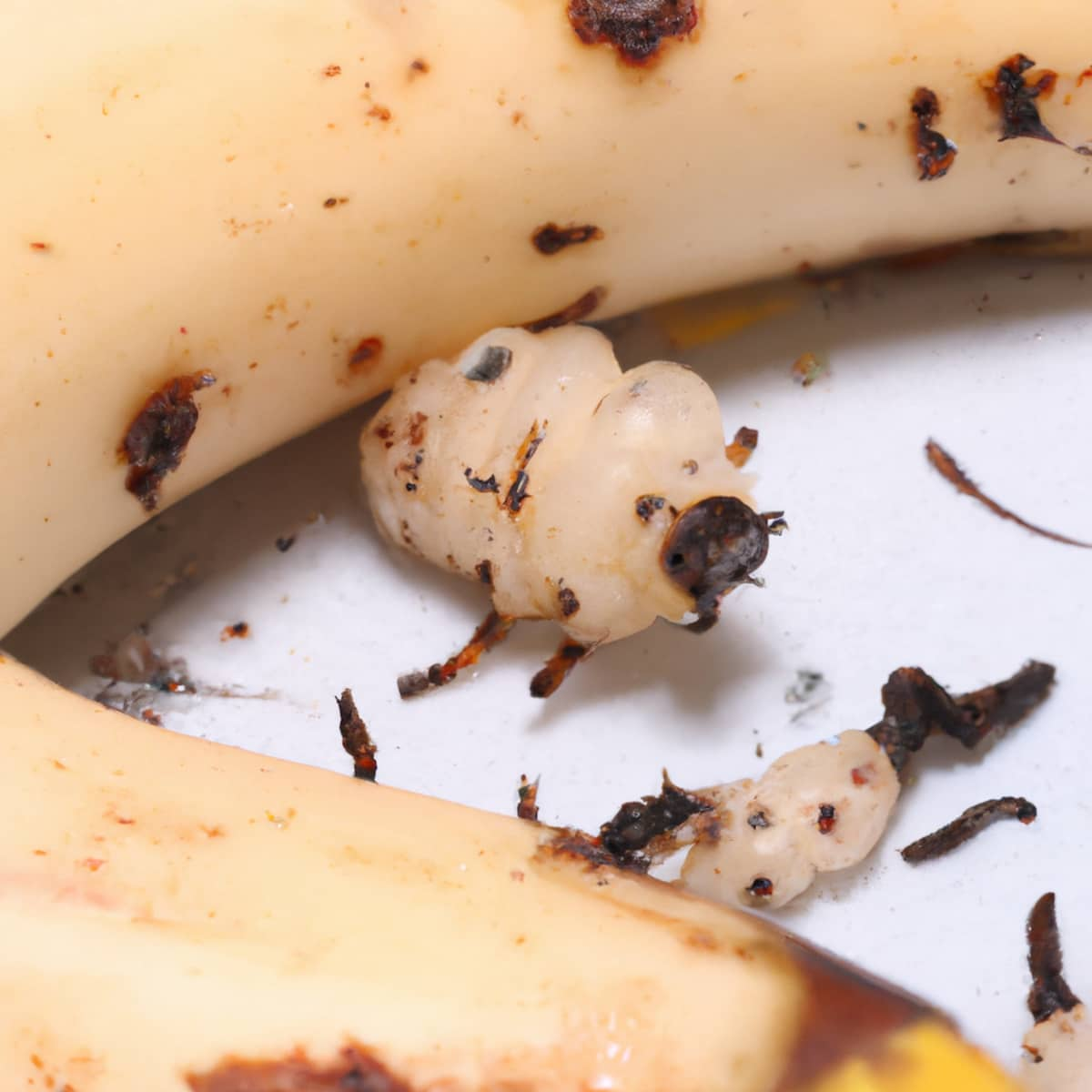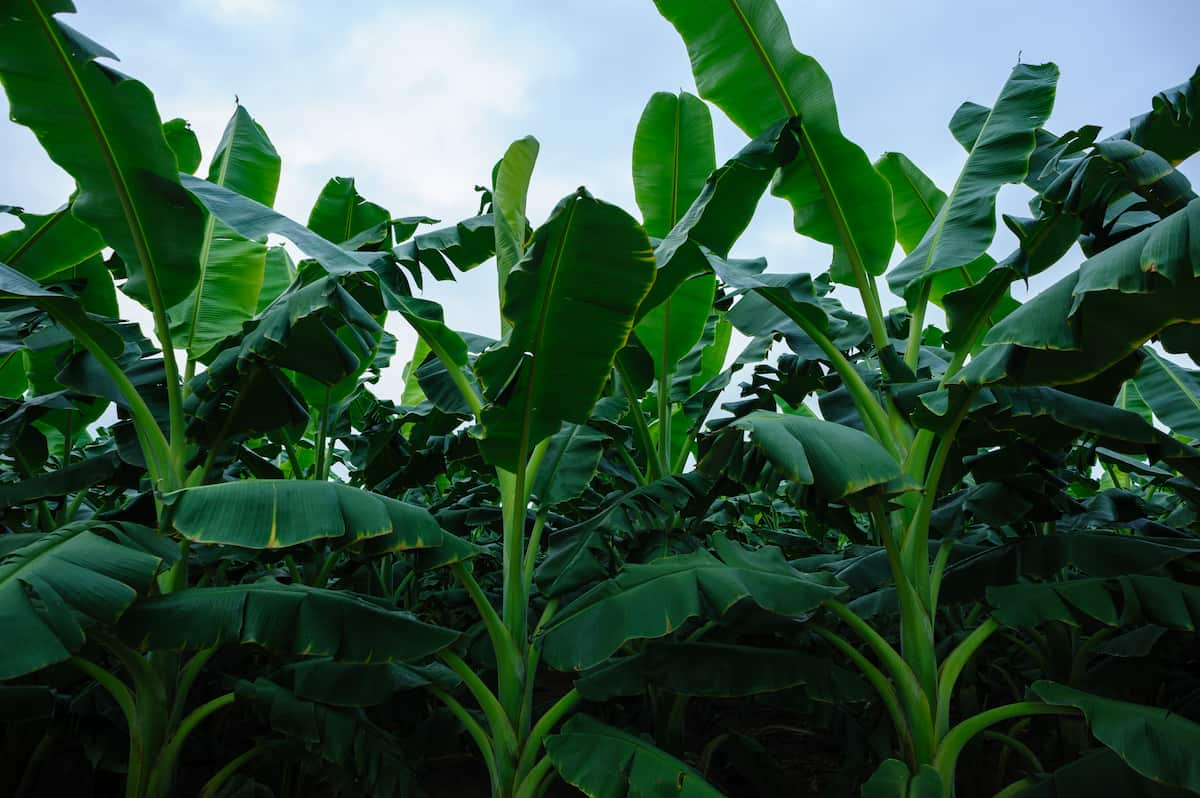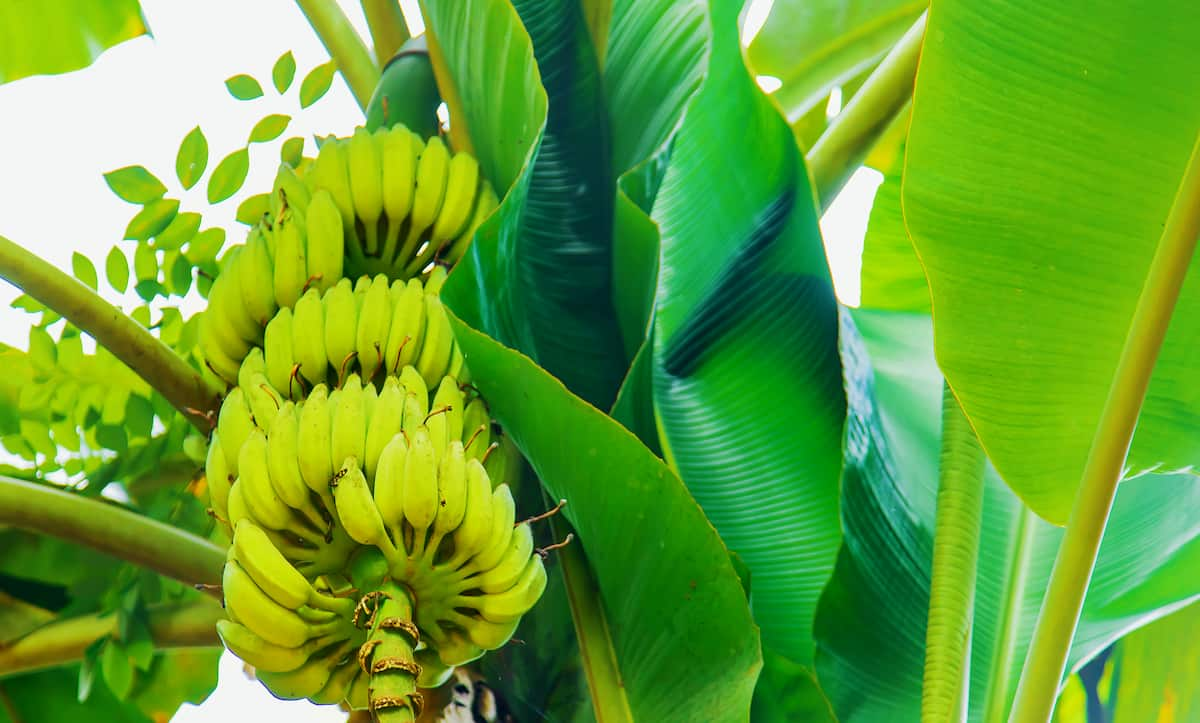The Banana Rhizome Weevil, Cosmopolites sordidus, belonging to the Family Curculionidae of the Order Coleoptera, is one of the most serious insect pests in the world. This pest attacks the rhizome, which is the underground stem of the banana plant responsible for anchoring the plant and providing it with nutrients. The pest is native to South America. It can cause severe damage to the rhizome, leading to reduced plant growth, lower fruit yields, and, ultimately, the death of the plant.

This highly destructive pest has become a significant threat to banana production worldwide. The pest’s spread is aided by its ability to survive in the soil for long periods and move from one field to another on contaminated tools, equipment, or plant material. Controlling this pest is challenging, and chemical control measures are often ineffective due to the pest’s location within the rhizome.
To effectively manage this pest, it is important to understand its life cycle, its preferred habitats, and the best methods for controlling it. This article will provide an overview and discussion of the Banana Rhizome Weevil Pest in Banana crops, including its symptoms, identification techniques, and control.
Banana Rhizome Weevil Pest Management
Life Cycle of Banana Rhizome Weevil Pest in Banana Crop
The life cycle of the Banana Rhizome Weevil pest has four stages. They are egg, larva, pupa, and adult. The female lays its eggs singly or clusters in the cracks and crevices of the banana plant’s pseudo-stem or surrounding soil. The incubation period of the egg stage varies from 7 to 14 days. Upon hatching, the BRW larva burrows into the banana plant’s rhizome, feeding and growing for approximately six to eight weeks.
As the larva feeds on the rhizome, it creates a network of tunnels, resulting in extensive damage to the banana plant’s root system. After the larval stage, the larva pupates. The pupal stage lasts for about two to four weeks. During this time, the pupa is encased in a protective cocoon in the soil near the base of the banana plant. The cocoon comprises soil particles, fecal matter, and other debris. The pupa undergoes complete metamorphosis, transforming into an adult weevil.
The adult emerges from the pupal case and feeds on the banana plant’s tender tissues, including the leaves, petioles, and corm. The adult weevil’s feeding activity leads to reduced plant growth, lower fruit yields, and, ultimately, the death of the plant. The adult weevil can live for several months, with the female laying up to 200 eggs during her lifetime. The lifecycle of this pest typically takes around 90-120 days, depending on the temperature and other environmental conditions.
Occurrence of Banana Rhizome Weevil Pest in Banana Crop
- Location of Banana Rhizome Weevil pest: This pest infests Banana crops in India, Indonesia, Malaysia, the Philippines, Sri Lanka, Thailand, Africa, the United States, Mexico, Brazil, Colombia, Ecuador, Hawaii, and Australia.
- Host range: The Banana Rhizome Weevil pest infects crops like Bananas, Plantains, Heliconia (ornamental), Enset (Ethiopian or False Banana), Ginger, Cocoa, Lilies, Cannas, and Bird-of-Paradise plants.
Factors Favoring the Population Increase of Banana Rhizome Weevil Pest in Banana Crop
- The pest thrives in warm and humid environments, with optimal temperature and humidity ranges of 25-28°C and 80-90%, respectively. High temperatures and humidity provide ideal conditions for the pest to breed and spread.
- Monoculture farming builds pest populations, making it easier for the pest to spread and cause extensive damage to banana crops.
- The pest prefers soils with high organic matter content and pH ranges of 5.5-6.5. Soil compaction, waterlogging, and soil erosion can also spread the pest.
- Poor sanitation practices, such as leaving banana debris in the field after harvest, can provide breeding sites for the pest. They hide in the debris during the day and feed and breed actively at night.
- The lack of genetic diversity in banana cultivars makes them more susceptible to pests, leading to increased damage to banana crops.
Identification of Banana Rhizome Weevil Pest in Banana Crop
- Eggs: The eggs are tiny, about 1mm long, and white or cream-colored, present in the superficial layers of the rhizome.
- Larvae: The larva is wingless, yellowish-white, legless, has a redhead, and is 20mm long.
- Pupae: The pupa is white and present in the corms and tunnels made by the pest.
- Adults: The adult weevil is brownish-black in color, has a long snout, and measures about 8 to 12 mm in length.
In case you missed it: Mango Gummosis Disease Management: Symptoms, Treatment, Chemical, Biological, Natural, and Organic Control

Damage Symptoms of Banana Rhizome Weevil Pest in Banana Crop
- The grubs drill into the corms, rhizomes, and suckers, causing the plant’s death.
- This drilling results in dark-colored tunnels in the rhizomes of the plants.
- The outer leaves will dry up and wilt from the plants.
- Deceased unopened pipes can be observed in the affected plants.
- Young plants are highly affected compared to older ones.
- The older plants will fall due to the destruction of the root system of the plants.
- Some common symptoms observed are stunted growth, reduced fruit yield, internal damage, yellowing and wilting of leaves, and plant death.
Percentage of Yield Loss in Bananas Due to Banana Rhizome Weevil Pest
- In India, the yield losses due to Banana Rhizome Weevil pests are 30-50%. In Malaysia, the percentage of yield loss is around 40%. In Sri Lanka, the losses are up to 50%. In the United States, the losses are 60%. In Mexico, it is 60%. In Brazil, it is 80%. In Africa, the losses can reach 100%.
- In Australia, it is up to 40%. In Indonesia, the yield losses are 30%. In Colombia, it is 50%. In Ecuador, it is 50%. In Hawaii, it is 60%. In Thailand, it is 30%. In the Philippines, it is 50%. The Economic Threshold Level (ETL) for the Banana Rhizome Weevil pest is set at 0.5 to 1 Rhizome Weevil per tree.
Cultural Control of Banana Rhizome Weevil Pest in Banana Crop
- Rotate the crops by planting non-host crops, such as maize or legumes, in infested areas to reduce the population of the weevils.
- Practice good sanitation practices, such as removing and destroying all plant debris after harvesting and regular cleaning, disinfecting, and pruning tools and equipment.
- Prune the trees regularly. Removing the pseudo-stems below the ground level, uprooting any affected rhizomes, and discarding them so the pest cannot spread to other trees is an effective control.
- Chop the pseudo-stems into smaller pieces and place them in the field to trap the adults.
- Avoid over-irrigation and maintain well-drained soil to discourage their survival and reproduction.
Biological Control of Banana Rhizome Weevil Pest in Banana Crop
- Predators like ants, ground beetles, and rove beetles feed on the larvae and adults of weevils.
- Parasitoids like braconid wasps and chalcid wasps lay their eggs in the larvae or eggs of weevils that eventually kill them.
- Entomopathogenic nematodes are soil-dwelling nematodes that can infect and kill the weevils. They are applied around the base of the plant, where they can infect and kill the larvae and adults of the weevils.
- Entomopathogenic fungi are applied at the base of the plant, where they can infect and kill the larvae and adults of the weevils.
Chemical Control of Banana Rhizome Weevil Pest in Banana Crop
- Spray Methyl demeton or Dimethoate around the collar region of the plant.
- Soil incorporation – Mix the soil with Lindane, Carbaryl, Carbofuran, or Phorate around the pseudo-stem base.
- Treatment – Dip the suckers in Quinalphos emulsion before planting them.
Organic Control of Banana Rhizome Weevil Pest in Banana Crop
- Plant extracts from ginger, turmeric, and chili can be applied to manage the infestation.
- Mixing the soil with Castor cake in every pit before planting can prevent pest incidence.
- The weevils prefer loose soil and can be discouraged by compacting the soil around the base of the plant.
Preventive Measures for Control of Banana Rhizome Weevil Pest in Banana Crop
- Prefer planting pest-free and healthy and healthy suckers.
- Hot water treatment and minimizing root exposure can prevent the pest.
- Monitor the crops regularly to identify pest infestation in the early stages to keep it under control.
In case you missed it: Management of Fruit Borer in Guava: Symptoms, Treatment, Chemical, Biological, Natural, and Organic Control

Conclusion
The Banana Rhizome Weevil Pest, Cosmopolites sordidus, is a major threat to banana crops worldwide, and its control has been a major challenge for growers. Integrated Pest Management is the best approach to managing this pest, which involves combining cultural, biological, and chemical control. All of these can be adjusted to the specific needs of individual farms to achieve sustainable pest control. An effective IPM program incorporating all available control methods is essential for the sustainable management of the pest.
- Beneficial Insects in Pest Management
- Natural Solutions for Pest Control in Flower Gardens
- Types of Fungicides Used in Agriculture
- Common Issues in the Fruit Development Stage of Pomegranate Farming
- Fruit Development Issues in Papaya: Easy Solutions and Treatment
- Soil-Borne Diseases and How to Protect Your Plants
- Practices to Prevent Disease Spread in the Garden
- From Wilted to Thriving: How to Treat Root Rot Naturally in Houseplants
- Natural Remedies to Cure Brown Spots on Fig Tree Leaves